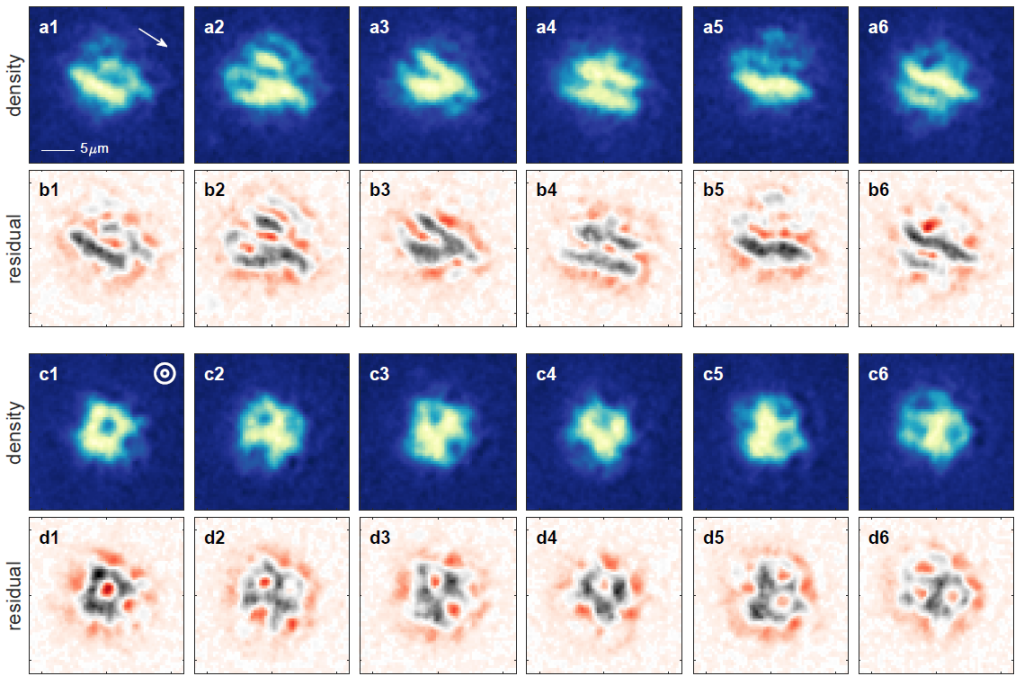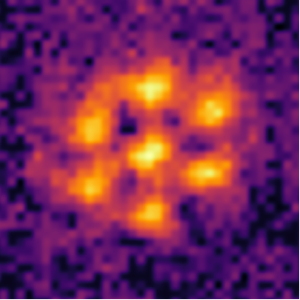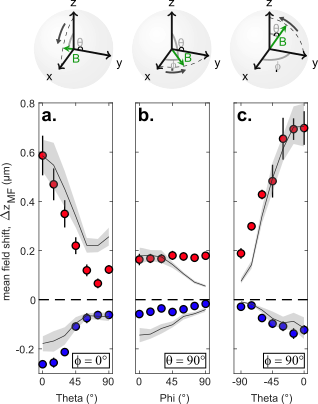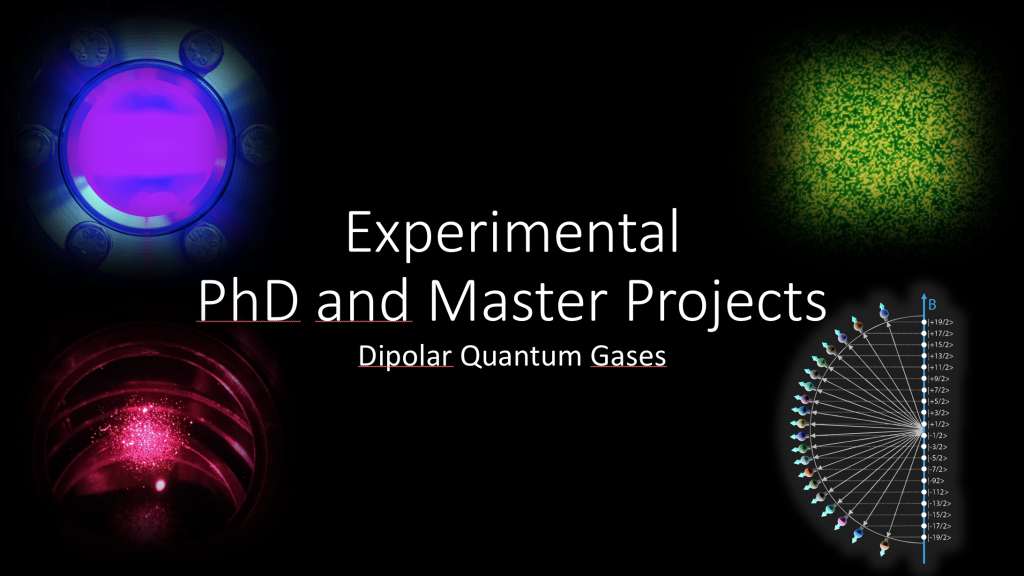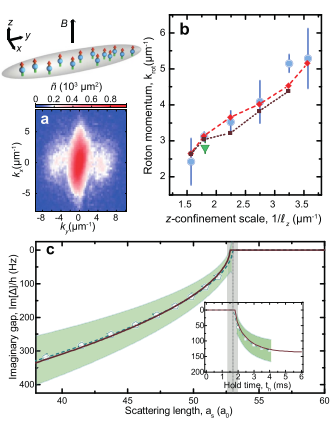 The last 15 years has seen tremendous experimental progress for the manipulation and control of ultracold atoms with sizeable dipole-dipole interactions. In this review, together with other group leaders who first condensed dysprosium and chromium, we review the discoveries made so far, and lay out the future perspectives for this exciting field!
The last 15 years has seen tremendous experimental progress for the manipulation and control of ultracold atoms with sizeable dipole-dipole interactions. In this review, together with other group leaders who first condensed dysprosium and chromium, we review the discoveries made so far, and lay out the future perspectives for this exciting field!
The paper can be found here: Dipolar physics: a review of experiments with magnetic quantum gases – IOPscience

